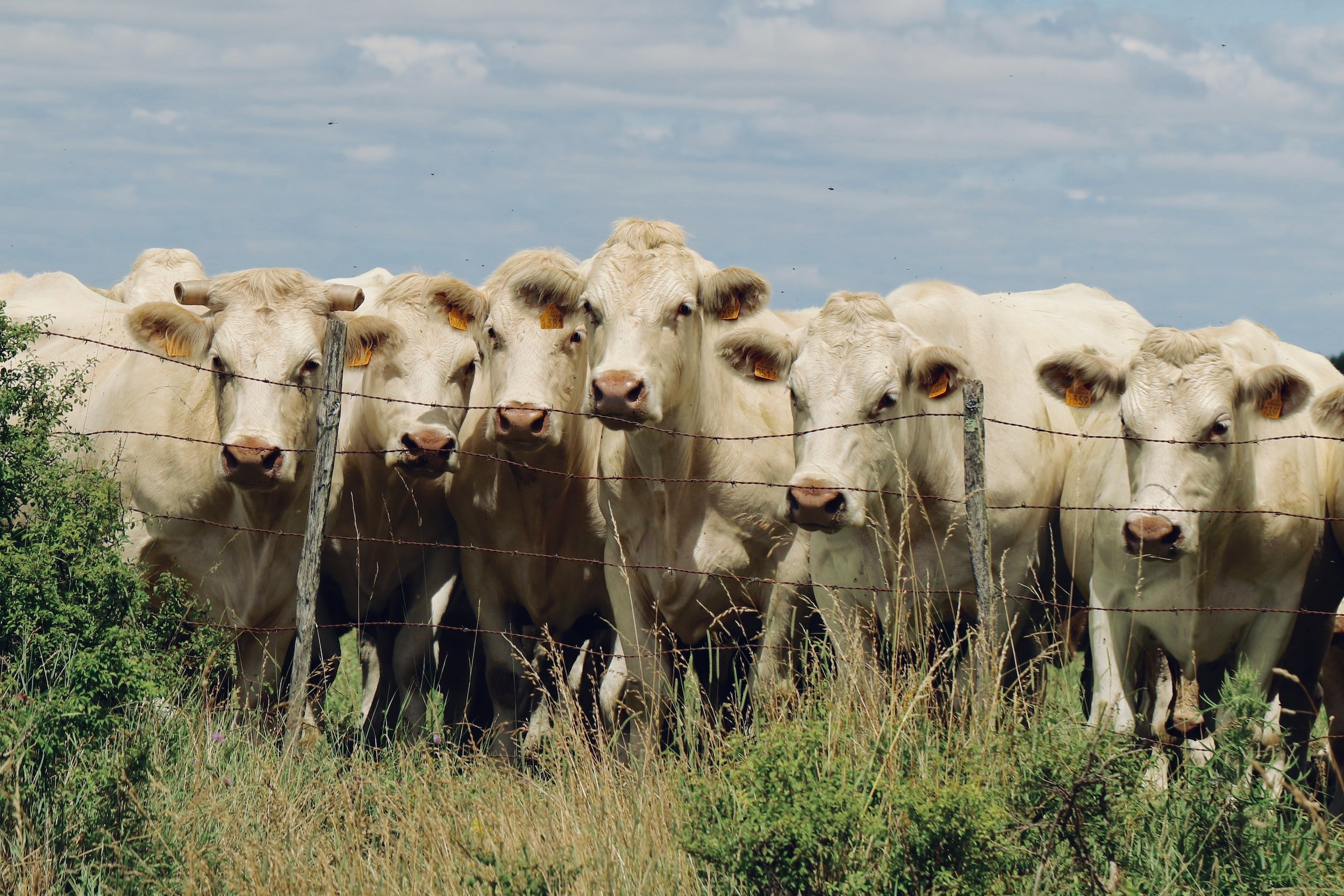
Livestock Risk Protection
Livestock Risk or Revenue Protection (LRP) protects your investment should prices drop before your livestock gets to market while preserving all of your upside potential.
Livestock Risk Protection policies are designed to safeguard your investment should the prices fall before you can get your livestock to market. Specifically, LRP protects producers if the national cash price of their livestock falls below the ‘trigger’ level set in their insurance coverage. A producer’s income is more vulnerable to price risk than any other factor including death loss, so LRP allows you to protect your investment while waiting for optimal marketing conditions. LRP is sold throughout the year, with premium rates, coverage prices, and actual ending values changing daily.
-
All insured cattle must be located in a state approved for LRP Cattle at the time you buy an insurance policy, and you may purchase speci c coverage endorsements throughout the year for both Feeder and Fed Cattle.
Feeder Cattle Policies – Available for up to 1,000 head of Feeder Cattle that are expected to weigh up to 900 pounds at the end of the insurance period. Coverage is available for calves, steers, heifers, Brahman, and Dairy cattle. The annual limit for LRP Feeder Cattle is 2,000 head per producer per year.
Fed Cattle Policies – Available for up to 2,000 head of Fed heifers and steers, weighing between 1,000 and 1,400 pounds, that will be marketed for slaughter near the end of the insurance period. The limit for Fed Cattle is 4,000 head per producer per year.
-
Livestock Risk Protection is similar to a put option in that it allows producers to establish a poor price for protection while leaving upside price potential open. Unlike market contracts and options, LRP does not require a margin account or broker, it is closer to the actual ending value of the livestock, and is based on cash market index prices rather than the futures market. The federally-sponsored program typically costs less than other options, is often perceived more favorably by lenders, and may provide additional benefits in terms of lending rates or loan availability.
-
To put this coverage into effect, simply select the date you want your coverage to begin. Then, decide how long you want to have coverage. The coverage periods available range from 13 to 52 two weeks. Finally, estimate the target weight you expect your cattle to achieve by the end of the coverage period. Because the Risk Management Agency (RMA) provides reinsurance and producer premium subsidy on each LRP policy, they determine the rates and prices for such policies, which vary daily.
